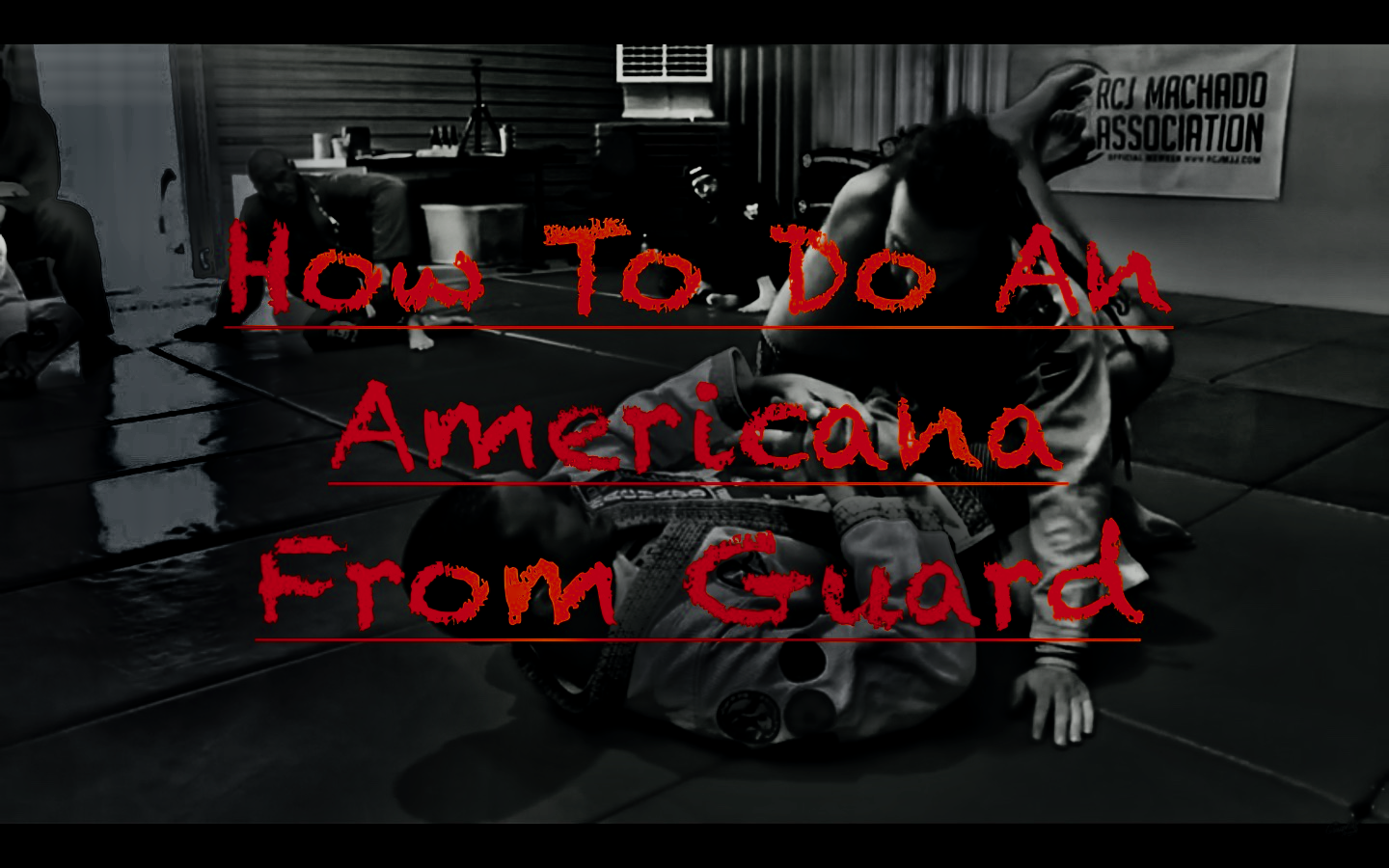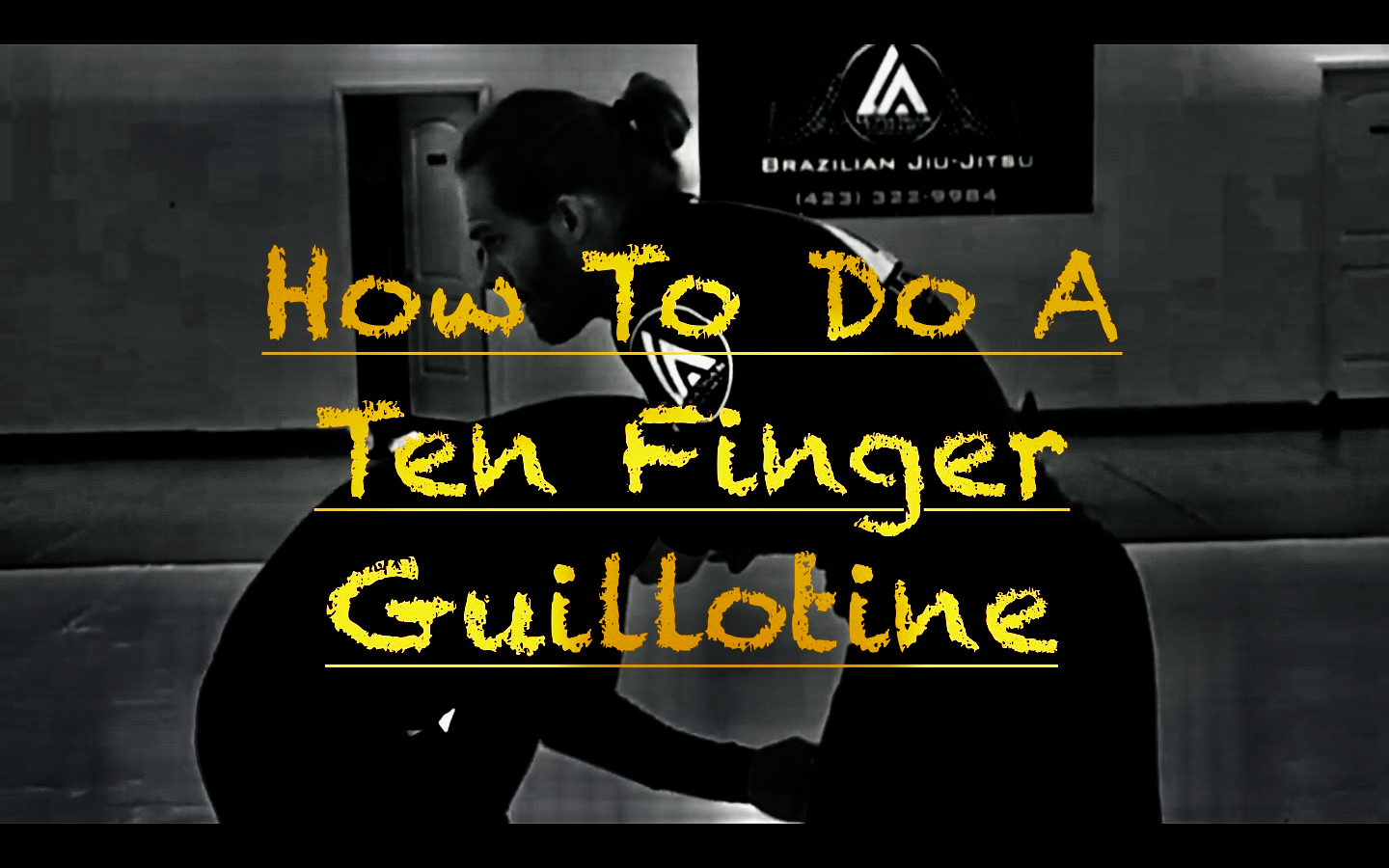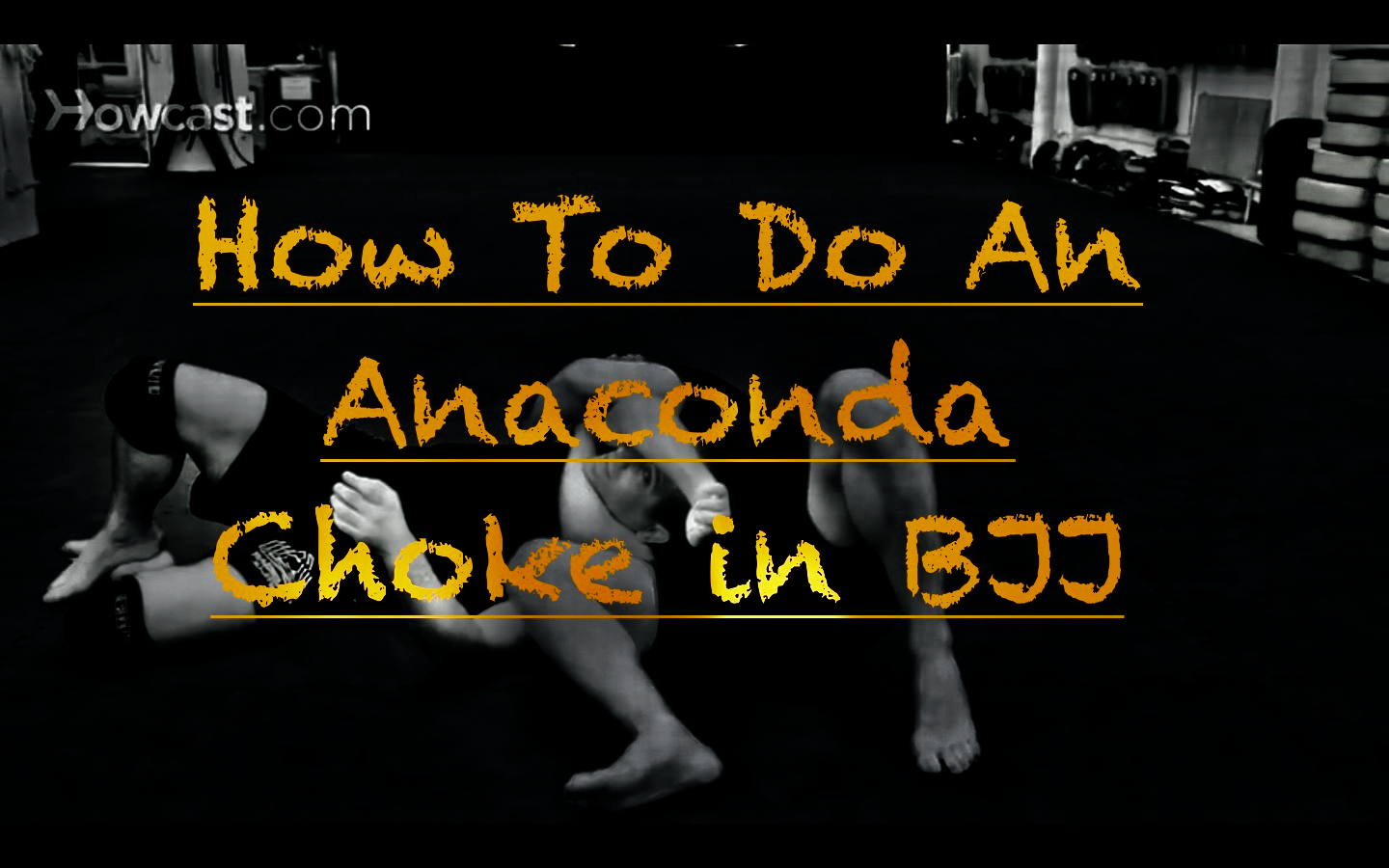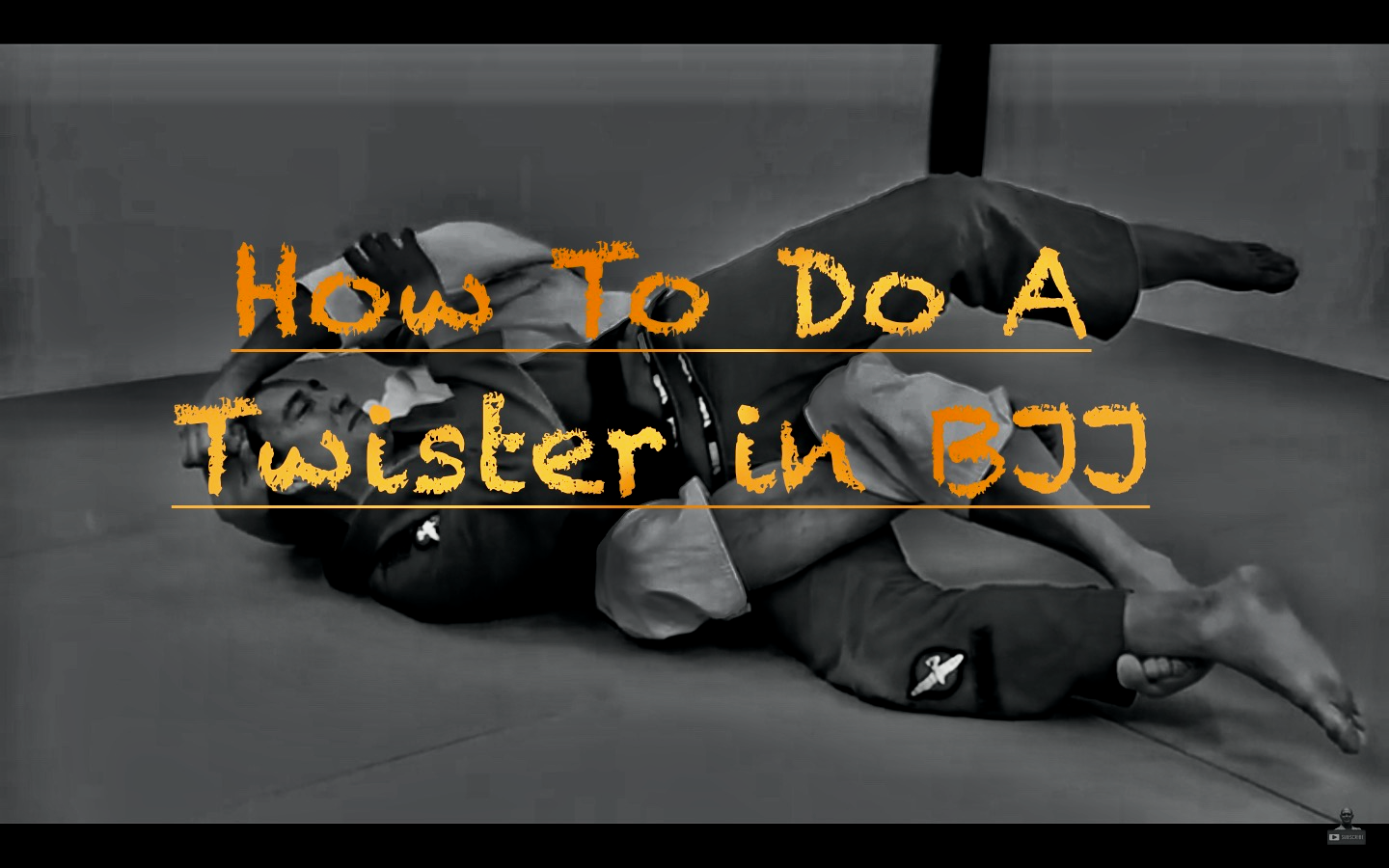
The omoplata is a simple Jiu-Jitsu submission that uses your hips to twist your opponent’s shoulder. Once the omoplata position has been reached it is very quick and easy to complete the submission. Using a strong part of your body against a relatively weak body part, you are able to create a very painful amount of force with relatively little effort with the BJJ omoplata.
The other reason the omoplata is a great submission is that it looks very cool. The typical omoplata from guard looks pretty cool, but setting up the omoplata from side control involves spinning around on top of your opponent so that you are facing the same way as them and the finish involves sitting over the other person while they are smashed face first into the ground.
The omoplata from side control is one of those great BJJ submissions that makes you feel like a ninja.
Start: Side Control
Step 1: Switch to reverse kesa gatame position facing opponent’s feet
Step 2: Hop your butt back and sit on opponent’s shoulder
Step 3: Step your outside leg back, spreading your legs so that you can grab opponent’s arm and trap it between your legs
Step 4: Drive into opponent and drag their arm with you so that you can slide your inside foot below their shoulder
Step 5: Post inside hand on mat next to opponent’s hip and grab your inside shin with your outside hand
Step 6: Continue spinning in that direction around opponent’s head, dragging them onto their stomach with their arm trapped in the omoplata
Finish: Submission via omoplata from side control









